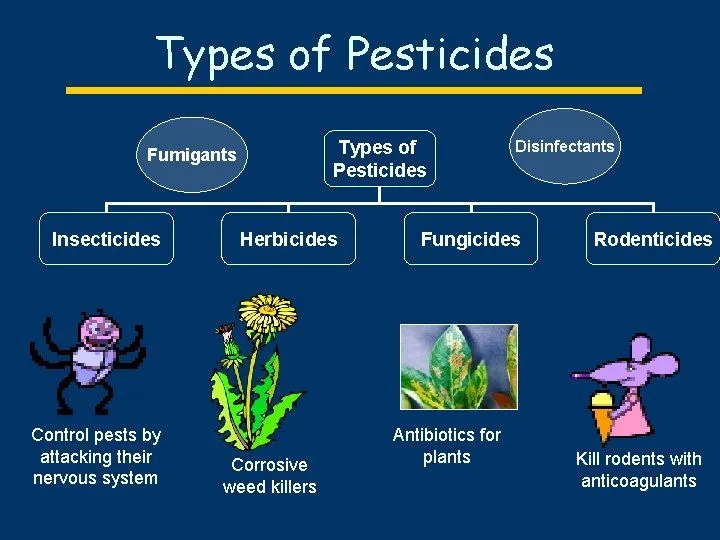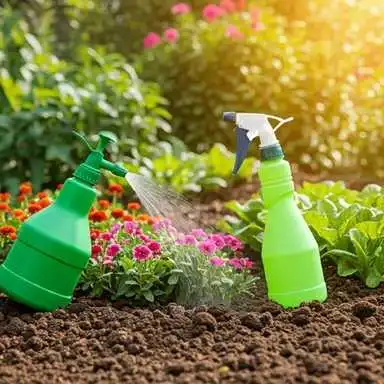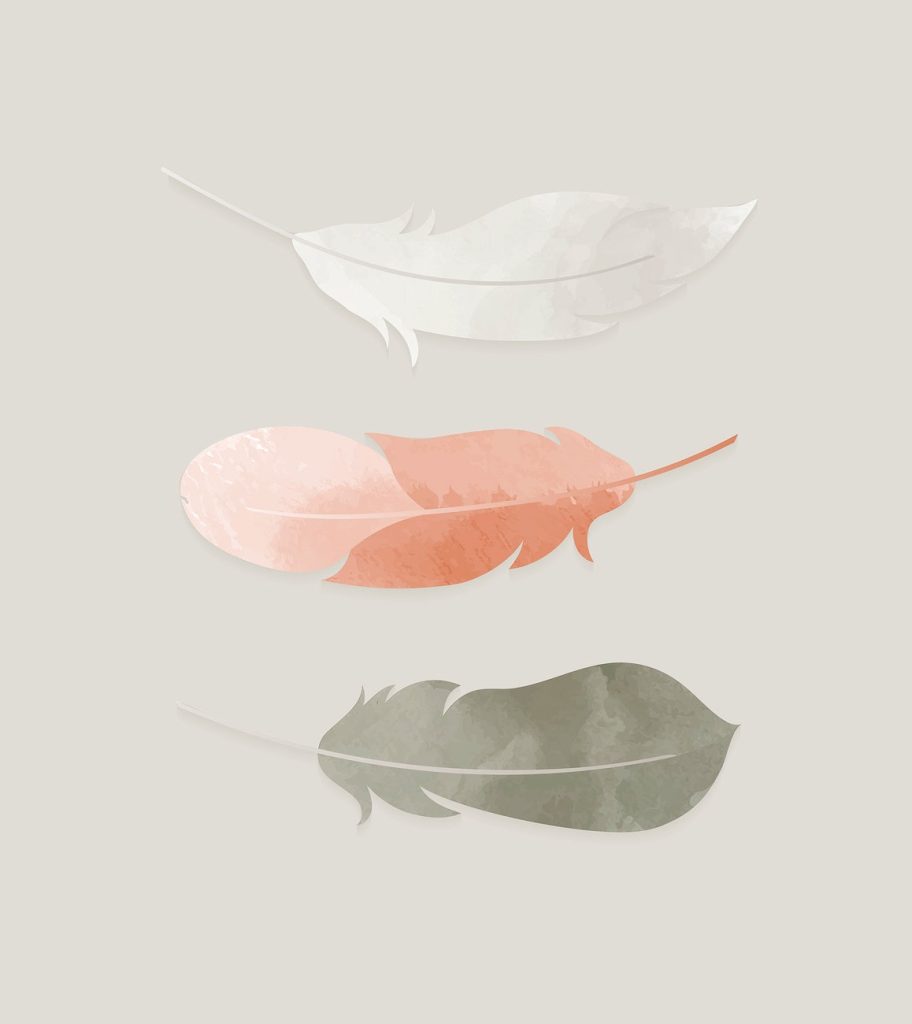Garden stores and online retailers offer a wide variety of pesticide products. For gardeners, knowing how to choose the best pesticide for your garden is crucial. What factors are important to consider? How can you ensure a product is both safe and effective?
Pesticides are powerful tools in pest management but are toxic. They can pose risks to humans, animals, and the environment. Before selecting any pesticide, it is essential to read and fully understand the instructions and ingredients on the product label. This critical step will significantly reduce your risk of unwanted exposure to the pesticide after use.
Common Types of Pesticides
Pesticides are categorized by the type of pest they target. Common types include:

- Insecticides: Target insects.
- Herbicides: Target weeds.
- Fungicides: Target fungi.
- Rodenticides: Target rodents.
- Molluscicides: Target slugs and snails.
- Repellents: Deter pests without killing them.
- Miticides or Acaricides: Target mites.
Key Steps on how to Choose the Best Pesticide for your garden
To make an informed choice and reduce risks, follow these important steps:

- Always read the entire label:
- Beyond the initial read, make it a habit to read the entire product label every time you use the pesticide. Following the label’s instructions precisely is the best way to reduce risks and ensure the product works as intended by the manufacturer.
- Ensure you have and use the necessary protective gear, which could include gloves, goggles, chemical-resistant clothing, or other items.
- Prioritize low-toxicity products & seek expert advice:
- Look for the “signal word” CAUTION on the label. Products with this word indicate low toxicity; the very safest products might not have any warning word at all. This is a core concept in Integrated Pest Management (IPM).
- You can also search for pesticide products registered in your state; these databases often allow searches by pest, active ingredient, or product name.
- Consult your local Cooperative Extension Office. Extension agents are familiar with local products and pests and can offer specific recommendations. Don’t forget to ask them about pesticide resistance.
- Accurately Identify Your Pest:
- Properly identify the pest, ideally with the assistance of a professional or expert. Misidentification can lead to wasted time and money using the wrong product.
- Once identified, check the product label to ensure it is specifically designed to target your pest. The label will list the pests the product is effective against.
- Determine Your Tolerance Level:
- Decide how much pest activity you can realistically tolerate. It might not be possible to eliminate all pests, but you can aim to keep their population at a manageable and comfortable level.
- Evaluate the Treatment Area Carefully:
- Consider any sensitive areas nearby, such as streams, other gardens, wells, or playgrounds.
- Assess if the area slopes towards a vulnerable zone where runoff could cause harm.
- Check for valuable plants nearby that could be damaged by particles from the pesticide.
- Practice Smart Purchasing and Mixing:
- Buy only the amount of pesticide you anticipate needing for the current season.
- Mix only the quantity you need for immediate use. Pesticides can have a limited shelf life, and improperly stored pesticides can pose a hazard.

Conclusion
How to choose the best pesticide for your garden involves carefully considering the product, the pest, and your environment. By prioritizing low-toxicity options, accurately identifying pests, understanding application methods, and strictly following label instructions, you can manage garden pests effectively while minimizing risks to yourself, your family, pets, and the environment.








